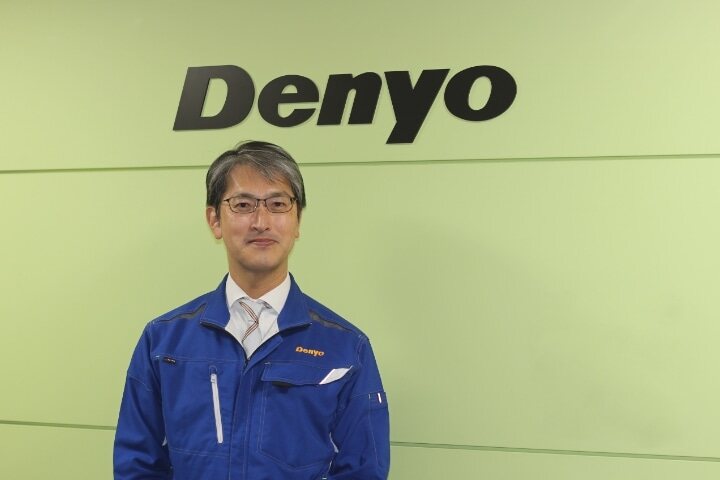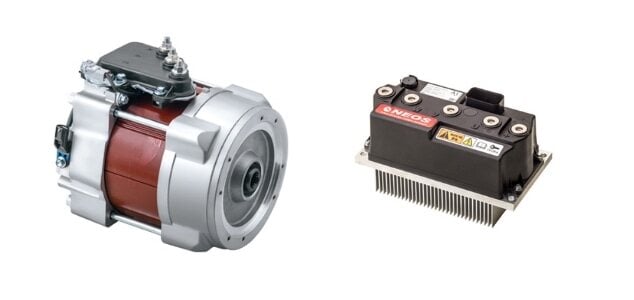Introduction

ApplicationPortable generator
Deployed product: FC Module

At the time of the initial study, challenges reducing CO2 emissions with hydrogen were becoming hot, such as starting mass production of Toyota's fuel cell vehicle MIRAI. The construction industry, while using our engine generators, had set numerical targets for reducing CO2 emissions at the construction stage, and was seeking measures to achieve these targets. Therefore, our company embarked on research and development of a fuel cell mobile generator with performance and quality using at various outdoor sites.
With the cooperation of Toyota Industries, we completed the first demonstration unit based on a fuel cell for a forklift truck. At the time, then Japanese government announces carbon neutrality by 2050, and a new greenhouse gas reduction target was announced at the Climate Summit. As a result, the number of inquiries from the construction industry to our company increased rapidly.

Since then, information on global warming has been actively provided to the general public through media, and inquiries from organizers of outdoor festivals and events have increased. We felt the growing need for hydrogen utilization as a means to reduce CO2 emissions, and the enthusiasm of our development team rose rapidly.
During the demonstration tests, we provided many opportunities for the general public to observe the operation. By showing the operation, we could get rid of uncertain fears about hydrogen and prove its safety by handling correctly. In addition, at one demonstration site, we taught operation procedure of fuel cell mobile generator to workers normally operating engine generator. As a result, they could operate it with opening and closing hydrogen valves, and we left them to operate during the demonstration tests. Toyota Industries' fuel cells were compatible with low-pressure hydrogen input, so they were able to handle this without any problems.
Throughout the demonstration tests, the fuel cell portable generator was generally well received. However, compared to engine generators, the main unit size is still large and heavy, so there are restrictions on transporting and installing it on site, and we received many requests for improvements.
Based on feedback from demonstration tests, our company is focusing on downsizing and weight reduction in mass-production models. By adopting the know-how, including cooling and noise reduction, that we have in the development of engine-type portable generators to mass-production designs we expect to be able to achieve our development goals. We thank all our senior engineers who have accumulated this know-how.
In addition to downsizing, the user interface, such as the operation method, has been updated from the demonstration model. The LCD panel offering intuitive operation, and the remote monitoring function using communication devices, etc., are designed to make it easy for outdoor operation and to provide necessary information appropriately.
Hydrogen is a flammable gas and is handled as a high-pressure gas for improving transportation efficiency. Therefore, its safety must be considered. Gasoline and diesel oil, which are fuels for engine generators, are also very dangerous if mishandled. However, the correct method of handling gasoline and diesel oil has been widely known and is used safely in society. In the same way, it is important to promote the correct method of handling hydrogen.
On top of that, to make hydrogen more user-friendly while ensuring safety, it will be necessary to ensure safety through the development of new technologies and to improve convenience through the review of regulations related to handling hydrogen. Our company is actively promoting to expand the use of hydrogen in cooperation with many local governments and companies that we have become acquainted with through demonstration tests of fuel cell mobile generators and initiatives related to hydrogen.
We believe that fuel cell technology will continue to evolve. We hope that this will lead to improvements in size, weight, noise, longevity, and cost.
As an engineer living in this age, I would be happy if Toyota Industries, which develops fuel cells, and a company like our company, which develops and supplies devices that use fuel cells, can work together to promote the spread of fuel cells and contribute to global warming countermeasures.

